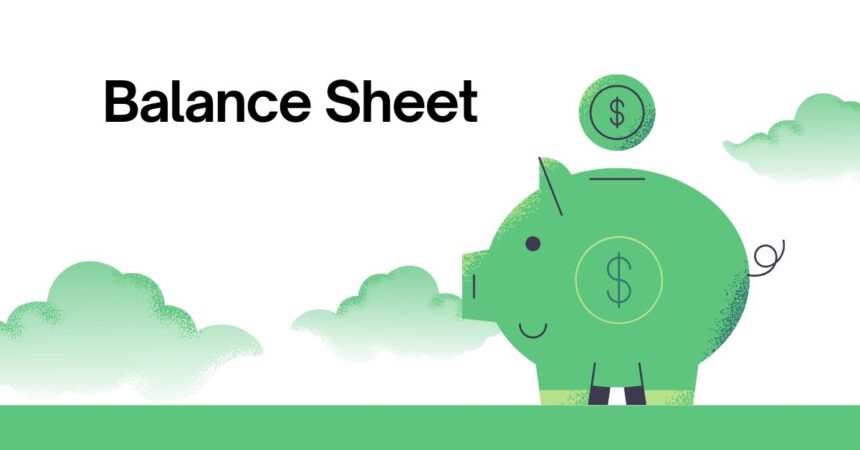A balance sheet is a critical financial statement that provides a snapshot of a company’s financial position at a given point in time. It shows what the company owns (assets), what it owes (liabilities), and the difference between the two, which is the company’s equity. The balance sheet is essential for investors, creditors, and management to assess a company’s financial health, liquidity, and operational efficiency.
A balance sheet follows the basic accounting equation:Assets=Liabilities+Equity\text{Assets} = \text{Liabilities} + \text{Equity}Assets=Liabilities+Equity
This equation highlights the dual nature of every transaction, ensuring that the sheet is always “balanced.”
Key Takeaways
- The balance sheet shows a company’s assets, liabilities, and equity.
- It is divided into two main sections: Assets (what the company owns) and Liabilities (what it owes).
- The equity section shows the owners’ claims on the business after liabilities are settled.
- Example: If a company has $1 million in assets and $600,000 in liabilities, its equity would be $400,000.
Structure of a Balance Sheet
A balance sheet is typically divided into two main categories:
- Assets
Assets are everything the company owns, and they are further broken down into current and non-current assets.- Current Assets: Assets that are expected to be converted into cash or used up within a year, such as cash, accounts receivable, and inventory.
- Non-Current Assets: Long-term investments that will provide value for more than a year, such as property, equipment, patents, and investments.
- Liabilities
Liabilities represent the company’s debts or obligations, divided into current and non-current liabilities.- Current Liabilities: Obligations that must be paid within a year, like accounts payable, short-term debt, and accrued expenses.
- Non-Current Liabilities: Long-term obligations, such as long-term loans and bonds payable.
- Equity
Equity represents the value of the shareholders’ interest in the company. It is calculated by subtracting total liabilities from total assets. Components of equity include:- Common stock
- Retained earnings
- Additional paid-in capital
Example of a Balance Sheet
Here is a simplified example of a balance sheet for a small company:
| Assets | Amount |
|---|---|
| Current Assets | $500,000 |
| Cash | $100,000 |
| Accounts Receivable | $200,000 |
| Inventory | $200,000 |
| Non-Current Assets | $1,000,000 |
| Property & Equipment | $900,000 |
| Investments | $100,000 |
| Liabilities & Equity | Amount |
|---|---|
| Current Liabilities | $300,000 |
| Accounts Payable | $150,000 |
| Short-Term Debt | $150,000 |
| Non-Current Liabilities | $400,000 |
| Long-Term Debt | $400,000 |
| Equity | $800,000 |
| Common Stock | $300,000 |
| Retained Earnings | $500,000 |
In this example, the company has $1.5 million in assets, $700,000 in liabilities, and $800,000 in equity.
Importance of a Balance Sheet
- Financial Health: It provides an overview of the company’s financial stability and liquidity.
- Investment Decisions: Investors use the balance sheet to assess whether a company is financially sound before making investment decisions.
- Debt Management: Creditors analyze the balance sheet to determine the company’s ability to repay its debts.
- Performance Monitoring: Management uses the balance sheet to track the business’s performance over time and to make strategic decisions.
Limitations of the Balance Sheet
- Snapshot in Time: The balance sheet represents a specific moment in time and does not reflect real-time changes.
- Does Not Show Profitability: It doesn’t show income or expenses, so it’s essential to use it alongside the income statement for a complete financial picture.
- Valuation Issues: Assets are often listed at historical cost rather than current market value, which can lead to inaccurate evaluations, especially for older assets.
The Future of Balance Sheets
As technology advances, digital accounting tools and real-time financial reporting are making it easier to update and analyze balance sheets. This allows businesses to have more timely insights into their financial health and take proactive steps toward growth and efficiency.





